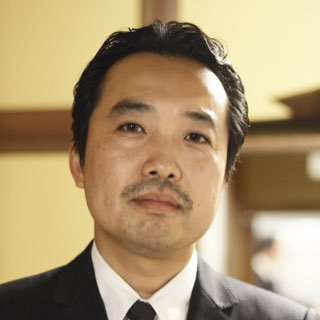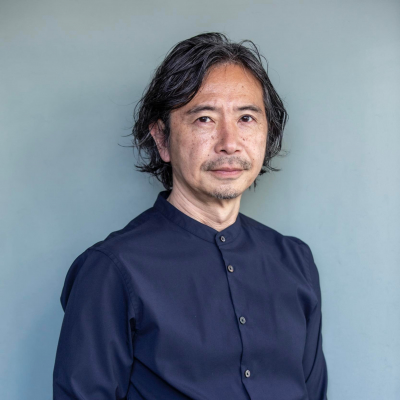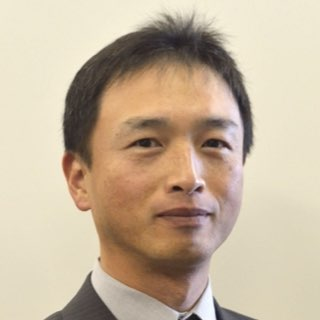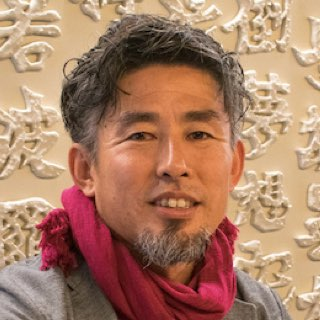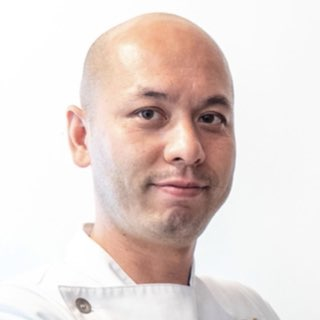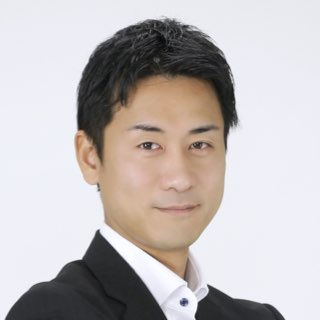
Hiroyuki Igawa
Researcher, Graduate School of System Design and Management, Keio University
Teacher, Keio Yochisha Elementary School
Director, Forest and Future School
“Let’s think about ways to minimize food mileage,” “If we can reduce meat consumption by promoting vegan foods, we can cut CO2 emissions,” and “I wonder if there are any local foods that have gone unnoticed…”—These are some of the remarks from a class of sixth grade students at the Keio Yochisha Elementary School. The classroom discussion among these sixth grade students is gaining momentum as they seek to widely communicate their ideas to society.
In November 2021, one class from the sixth grade at Keio Yochisha Elementary School participated in the Islander Summit Ishigaki, giving an online presentation on the theme “Food of the Future.”
For me, developing ambitions and ideas to transform society for the better is an important part of education. As such, using my position as a teacher, I have sought to shine a light on the relationship between the environment and food—something which children will be familiar with—and set up the following activities on the “Food of the Future” theme.
October
– A lesson from Kenichi Watanabe, representative at Geo Gastronomy, introducing a whole range of food-related issues and advanced case studies.
– An online lecture and interaction with Tomoko Kitamura Nielsen, environmental director on the Danish island Lolland, talking about food-related environmental awareness in Denmark and advanced case studies.
– An online lecture and interaction with Hitoshi Sugiura, winner of the gold prize at the World Vegan Cooking Contest, about the environmental impact of food and vegan cuisine.
– Use of official World Food Forum videos as teaching materials to further understanding of the diversity, cyclicity, and sustainability of food.
November
– Presentation at the Islander Summit and comments from experts.
– Online lecture and interaction with Prof. Seiko Shirasaka from the Graduate School of System Design and Management at Keio University about advanced space utilization and environmental issues from a space perspective.
Something that every child around the world does every day is sit down for a meal. Helping children understand the relationship between food and the environment can help them realize the close link between themselves and society’s problems.
In the lesson from Kenichi Watanabe, children were surprised to learn about the katemono (edible wild plants) recipes that were made to overcome hunger in the Yonezawa domain during the Edo period. Some children suggested that if we had a modern-day version of these katemono recipes, we might be able to help countries suffering from food shortages.
For many years, the emphasis in schools has been learning from textbooks. I believe that now is the time for students to directly confront the issues facing society and think about possible solutions.
In education moving forward, thinking about solutions to food issues will be the ideal way to encourage people to examine solutions for wider social challenges.
My aim is to use education based on geo gastronomy to develop the desire to take ownership of social issues and find the necessary solutions.



